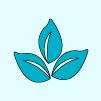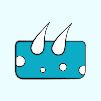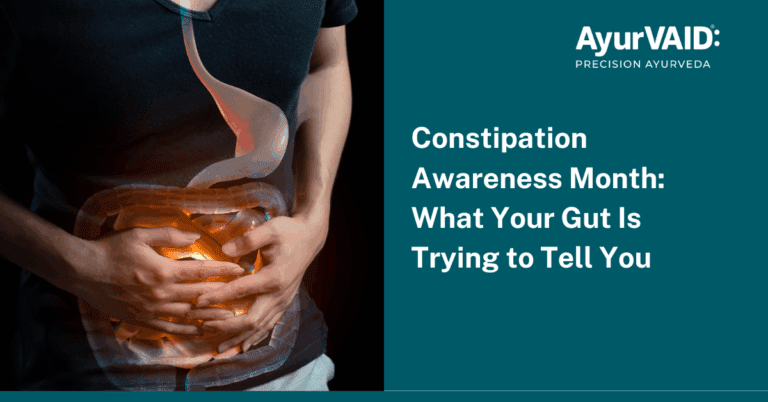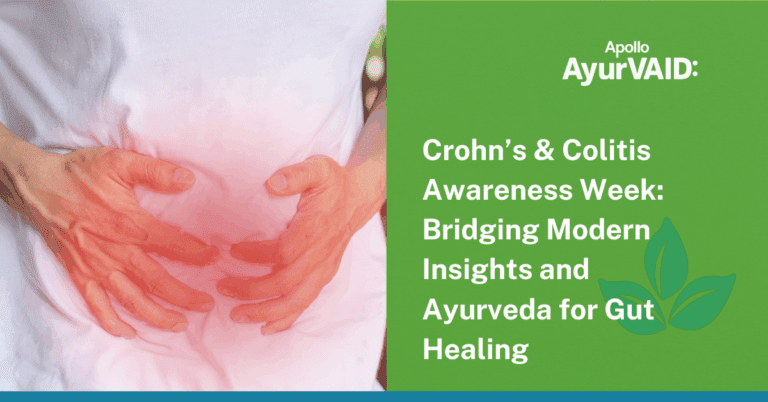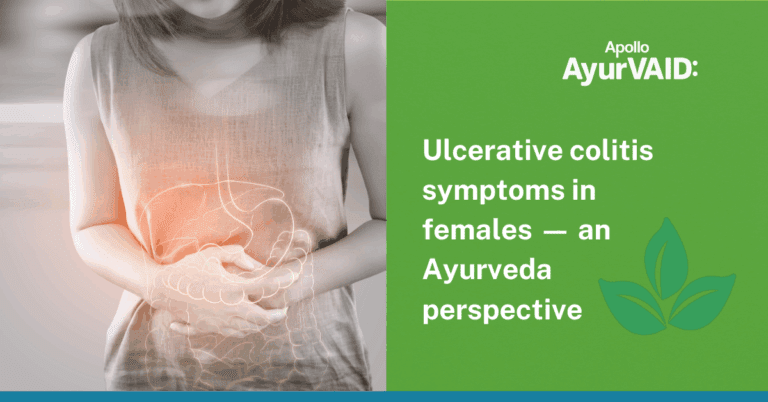Shalya Tantra is one of the important branches of Ayurveda, in which surgical and parasurgical techniques have been described for the management of various diseases. It embraces all processes aimed at removing factors responsible for producing pain or misery to the body or mind. Anushastra Karma refers to surgical procedures performed using non-surgical items or instruments in the absence of surgical instruments. There are various anushastra karmas in Ayurveda, with Ksharakarma, Agnikarma, Jalaukaavacharana, and Ksharasutra being the most important ones.
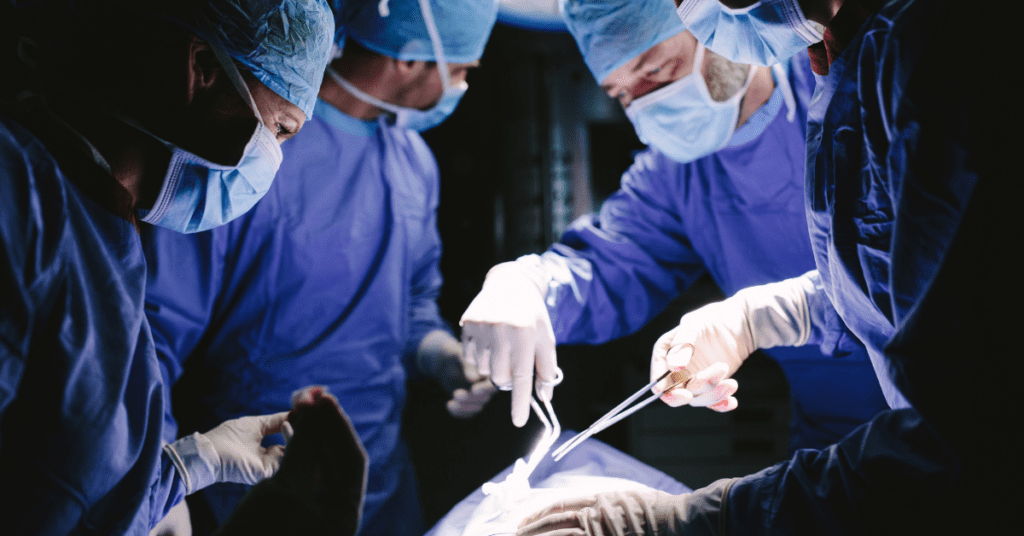
Kshara Karma: Kshara is a medicament obtained from the ash of different plants. It is considered the best among shastra and anushastras. There are two types of Kshara: Paniya kshara, which is taken internally, and Pratisaraniya kshara, which is mainly used in wound management. It is primarily used for shodhana (debridement) of wounds and in treating various anorectal disorders such as Arsha (haemorrhoids) and Guda bhramsha (rectal prolapse). Kshara reduces and shrinks piles through a type of chemical cauterization.
Agnikarma: Agni karma is the second most important anushastra karma, described by all Acharyas. When medical, surgical, and other parasurgical procedures in ayurveda fail, agnikarma cures the disease from the root. Diseases treated with Agni karma do not reoccur. Agni karma involves applying direct heat over the prescribed area using different instruments, depending on whether the disease is located in the skin, muscle tissue, or vessels, tendons, and bone joints.

Jalaukaavacharana (Leech therapy): Ayurveda emphasizes the role of blood in the body, diseases caused by blood vitiation, and their treatment. The main therapeutic principle is bloodletting (raktamokshana), which can be done in various ways. Raktamokshana has two methods: shastrakrita and ashastrakrita. Shastrakrita further divides into siravedha and pracchana, while ashastrakrita includes shringa, jalauka, alabu, and ghati. Among all the modalities of raktamokshana, leech therapy (jalaukaavacharana) and venesection (siravedha) are the most popular. Jalaukaavacharana is generally applied in the initial phase of wound progression. Raktamokshana reduces pain and suppresses the suppuration of premature swelling.

